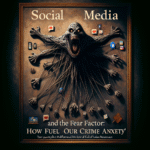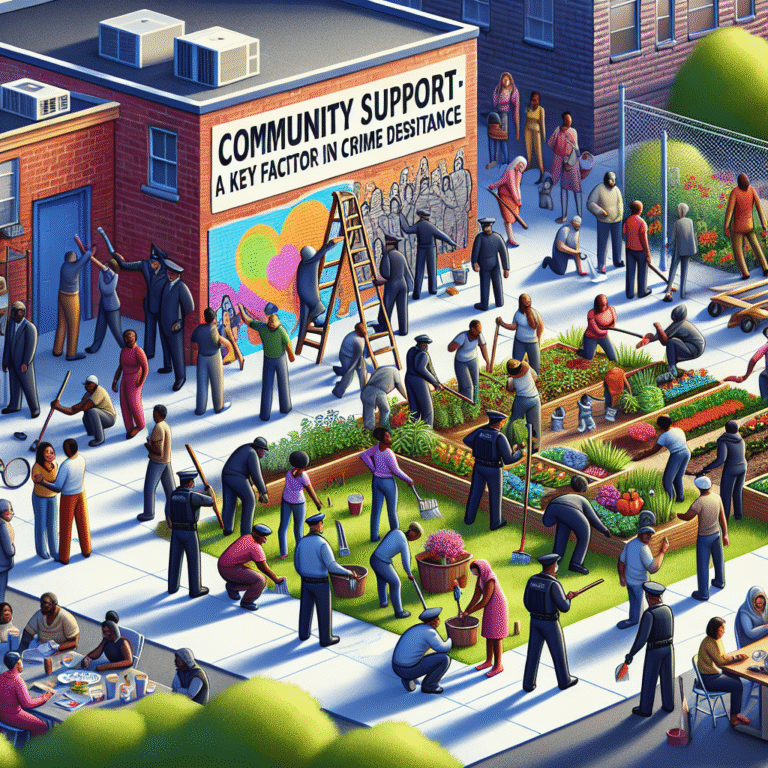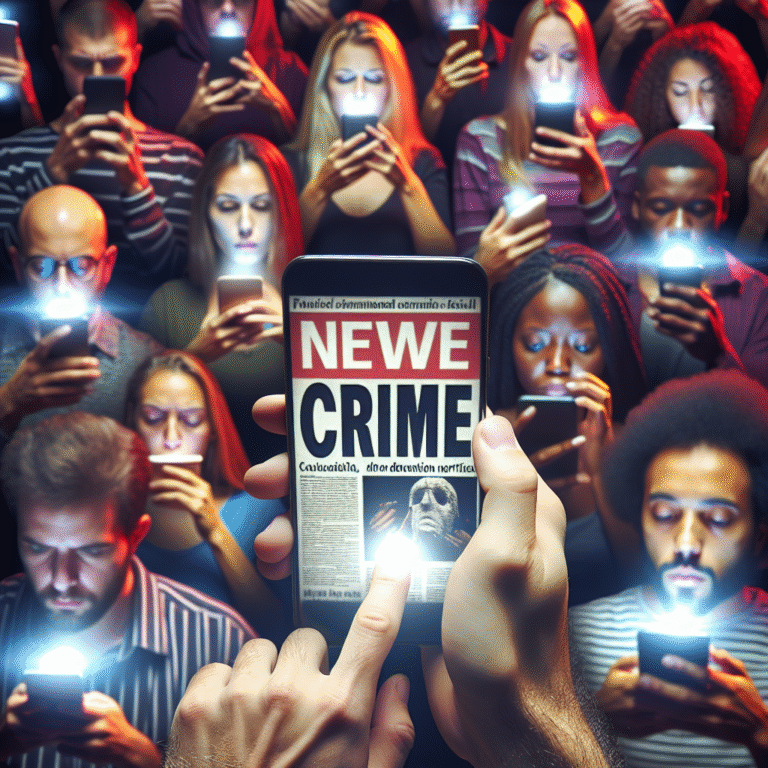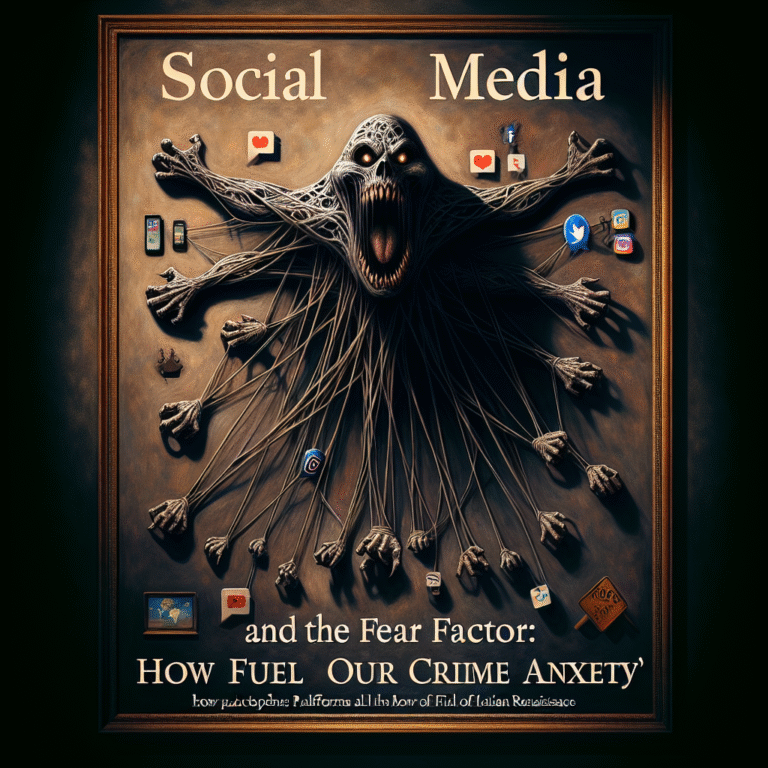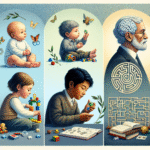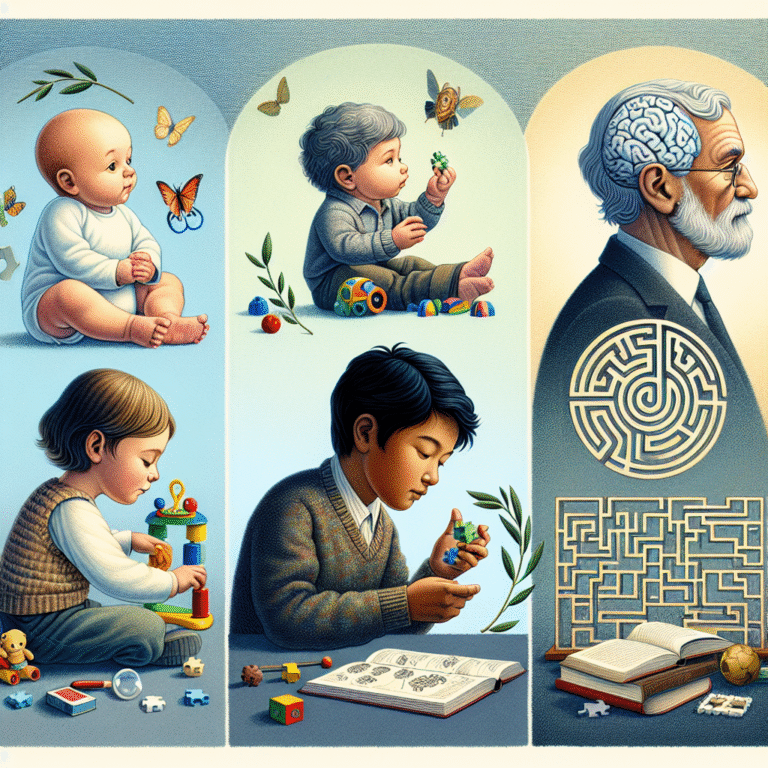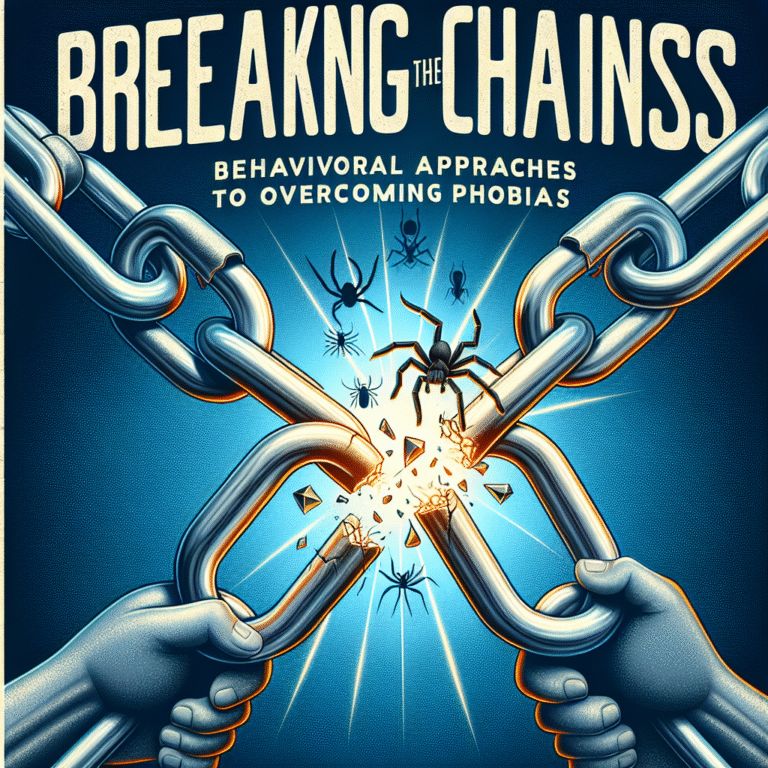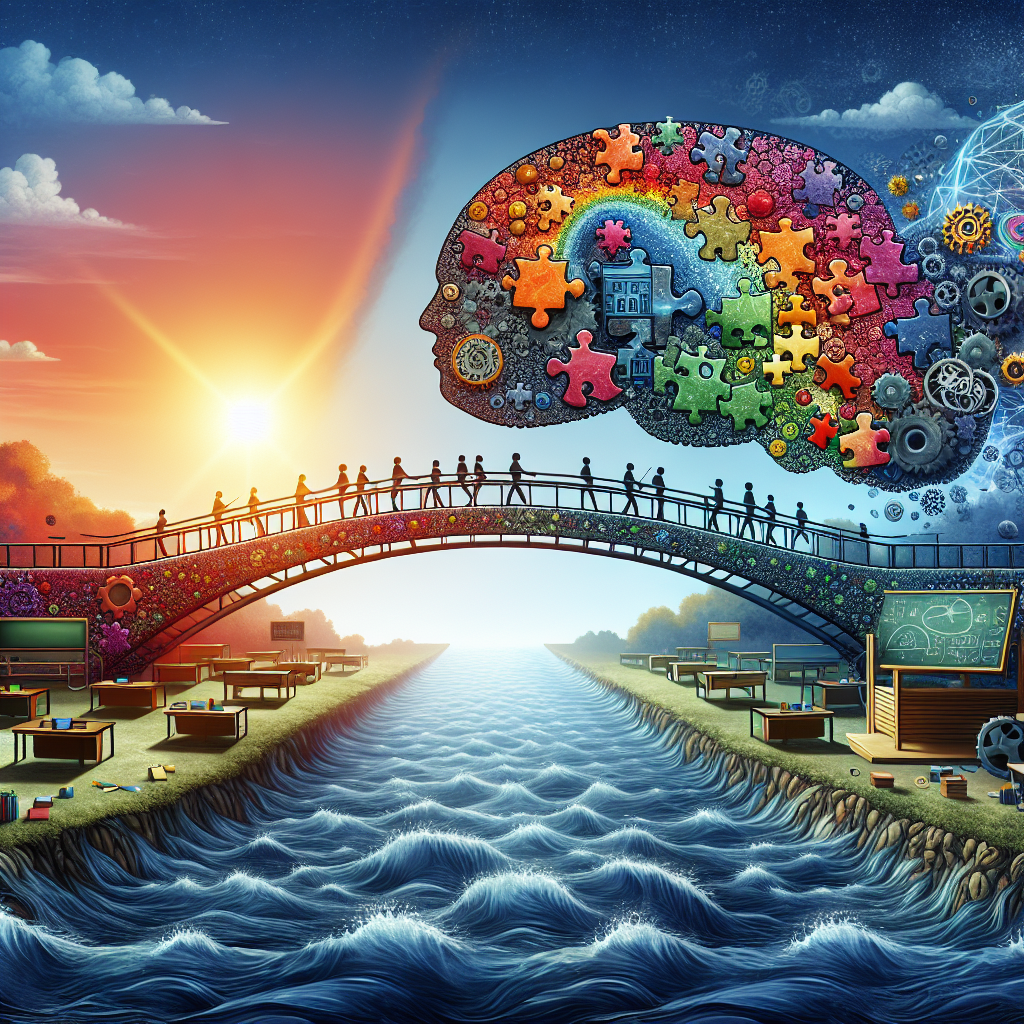
Introduction
Imagine a classroom buzzing with energy, where students collaboratively solve problems, share insights, and learn from one another. This dynamic environment doesn’t just happen by chance—it flourishes under the principles of Social Learning Theory: Bridging Psychology and Education for Lasting Impact. Developed by the renowned psychologist Albert Bandura, this theory highlights the profound influence of observational learning, imitation, and modeling on human behavior. By integrating these principles into educational frameworks, we can unlock a multitude of benefits that enrich both teaching and learning experiences.
Today, as the educational landscape evolves with technology and diverse pedagogical practices, revisiting Social Learning Theory offers invaluable insight. This article will explore how this theory can be effectively utilized to enhance educational outcomes, drawing connections between psychological principles and practical applications.
The Foundations of Social Learning Theory
At its core, Social Learning Theory posits that individuals learn not only through direct experience but also by observing others. Bandura’s seminal work revolves around four key processes:
- Attention: A learner must pay attention to the model.
- Retention: The learner must retain the observed behavior in memory.
- Reproduction: The learner must be able to replicate the behavior.
- Motivation: The learner must have a reason to imitate the behavior.
These processes are pivotal in shaping not just academic success but also social and emotional growth. By leveraging these aspects, educators can create an environment that nurtures learning through peer interactions.
Case Study 1: Peer Tutoring in Action
Consider a secondary school where peer tutoring programs have been implemented. By allowing students who excel in a subject to tutor their peers, schools tap into Social Learning Theory: Bridging Psychology and Education for Lasting Impact.
Analysis: Research demonstrates that both tutors and tutees benefit from this arrangement. Tutors reinforce their understanding through teaching, while tutees receive personalized guidance. This reciprocal teaching model enhances motivation and engagement, illustrating how social learning significantly boosts academic performance.
Emphasizing the Role of Observation
Observation plays a crucial role in social learning. In educational settings, teachers serve as models for students. The behaviors they exhibit, the attitudes they project, and the skills they demonstrate set standards for students to emulate.
Table 1: Effective Teacher Behaviors to Model
| Behavior | Description | Impact on Students |
|---|---|---|
| Active Engagement | Demonstrating enthusiasm in lessons | Increases student participation |
| Constructive Feedback | Providing positive and corrective feedback | Enhances learning outcomes |
| Collaborative Learning | Encouraging group work and discussions | Fosters teamwork and communication |
| Problem-Solving | Solving real-world problems in class | Develops critical thinking skills |
Social Learning Theory in Diverse Settings
One of the most significant advantages of Social Learning Theory is its adaptability across different educational settings—be it formal, informal, or digital environments. By understanding and applying the principles of social learning, educators can tailor their approaches to suit various contexts.
Case Study 2: Online Learning Platforms
In recent years, online learning platforms like Khan Academy have harnessed social learning principles by incorporating features that allow for peer interactions and collaborative projects.
Analysis: These platforms not only provide instructional videos but also include forums and group challenges, allowing students to learn from both instructors and peers. This blend of direct instruction and social interaction exemplifies how Social Learning Theory: Bridging Psychology and Education for Lasting Impact can transform traditional learning paradigms.
The Importance of Motivation in Learning
Motivation is often the missing ingredient in the learning equation. Social Learning Theory emphasizes that learners are more likely to replicate behaviors if they see the model being rewarded. Thus, educators should create a motivational atmosphere by recognizing and rewarding positive behaviors.
Strategies to Foster Motivation
- Use of Incentives: Recognize student achievements through certificates, praise, or rewards.
- Set Realistic Goals: Encourage students to set attainable goals and celebrate progress towards those goals.
- Peer Recognition: Foster a culture where peers can commend each other’s efforts, enhancing motivation through social influence.
Cultural Influences on Social Learning
Cultural context can significantly impact the learning process. Social Learning Theory acknowledges that the experiences and interactions among students can widely vary across different cultures.
Case Study 3: Culturally Responsive Teaching
In schools serving diverse communities, educators often adopt culturally responsive teaching methods that integrate students’ cultural backgrounds into their learning experiences.
Analysis: For instance, a science teacher might relate complex concepts to students’ everyday lives or cultural narratives. Such methods make learning more relatable and meaningful, enhancing students’ engagement and retention.
Technology and Social Learning
The rise of technology has provided an array of platforms for social learning. From social media groups centered on academic subjects to collaborative tools like Google Classroom, technology amplifies the principles of Social Learning Theory.
Chart 1: Benefits of Technology in Social Learning
| Benefit | Description |
|---|---|
| Increased Accessibility | Resources and peers are available anytime, anywhere |
| Diverse Learning Styles | Supports various methods of learning and interaction |
| Instant Feedback | Enables quicker communication and assistance |
| Enhanced Collaboration | Facilitates teamwork beyond geographic boundaries |
Challenges to Implementing Social Learning
While the benefits of integrating Social Learning Theory are vast, challenges remain. Some educators may struggle to foster an environment where social learning can thrive. Common obstacles include:
- Classroom Management: Maintaining order while encouraging collaboration can be difficult.
- Diverse Learning Paces: Students may progress at different rates, requiring differentiated instruction.
- Technology Access: Not all students may have equal access to digital tools.
Strategies for Overcoming Challenges
- Establish Clear Expectations: Set guidelines for group work and collaborative behavior.
- Utilize Mixed-Ability Groups: Pair students with varied skill levels to support peer learning.
- Invest in Technology: Provide resources and training for both students and teachers to enhance technological fluency.
Conclusion
Social Learning Theory: Bridging Psychology and Education for Lasting Impact offers a powerful framework for enhancing educational experiences. By recognizing the importance of observation, interaction, and cultural context, educators can create enriched learning environments that cater to diverse student needs. The applications of this theory are limitless—from fostering peer relationships to incorporating technology, it serves as a vital tool for shaping motivated, engaged, and resilient learners.
As we look ahead, the challenge remains to cultivate educational practices that embody these principles. Every student deserves the opportunity to learn collaboratively and effectively. Educators who embrace these strategies are not just teaching; they are inspiring future generations.
FAQs
1. What is Social Learning Theory?
Social Learning Theory is a psychological concept developed by Albert Bandura that suggests behavior is learned through observation, imitation, and modeling, in addition to direct experience.
2. How does Social Learning Theory apply in education?
In education, Social Learning Theory can be applied through collaborative and peer-learning strategies. Students learn from their peers and model the behaviors and attitudes demonstrated by teachers and classmates.
3. What are the main components of Social Learning Theory?
The key components are attention, retention, reproduction, and motivation. Each plays a vital role in helping individuals learn through observation.
4. How can technology enhance Social Learning?
Technology facilitates greater interaction and engagement among learners. Online platforms can offer collaborative features that allow students to learn from each other, further aligning with social learning principles.
5. What challenges might educators face in implementing Social Learning Theory?
Challenges include managing classroom dynamics, addressing diverse learning paces, and ensuring all students have equitable access to resources and technology for effective social learning.
Embracing Social Learning Theory: Bridging Psychology and Education for Lasting Impact can catalyze transformational changes in educational practice, preparing students for a future that thrives on collaboration and shared knowledge.



